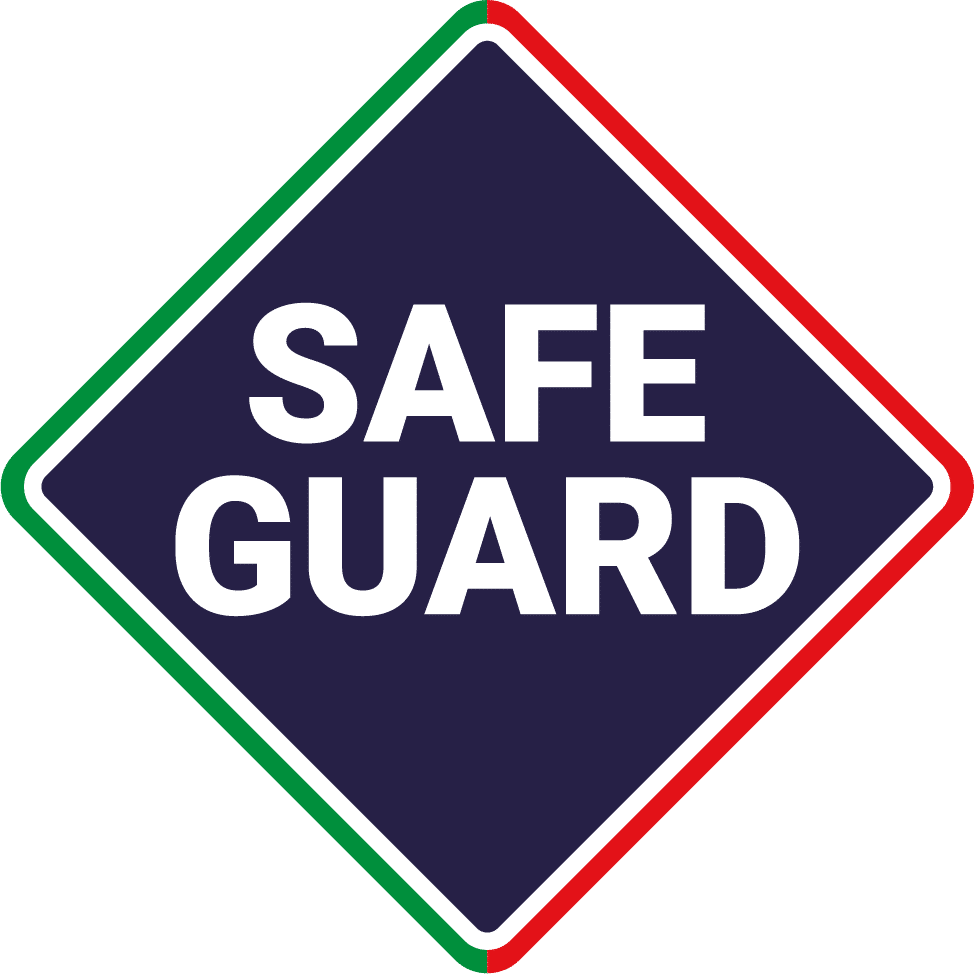We think it doesn’t get much better than living and working in Australia. Of course, our wide brown land is known for being unique and rugged, which creates its own set of challenges. The conditions our sites face, from soil types to wind loads, make selecting formwork for Australian site conditions far more than a “pick it from a catalog” exercise. The right system needs to ensure safety, efficiency, and compliance. Below, we walk you through considerations across four key scenarios.
Slab-on-ground situations
For ground floor slabs, the formwork demands are generally less intensive than high-rise, but ground conditions and drainage matter greatly. The formwork system must resist soil moisture, movement, and provide stable edge restraint.
Soil classification (e.g., M, S, H classes in AS 2870) should influence your choice of formwork, especially at the slab edge and control joints. A flexible system that accommodates slight settlement or ground movement is safer.
Also, formwork for Australian site conditions in slab-on-ground must allow for proper compaction, correct reinforcement placement, and adequate curing (per NCC slab and footing rules). Poorly supported or leaking formwork leads to voids or undersized slabs.
Look for systems that seal at joints and allow adjustment to minor irregularities. Lightweight panel systems, edge form systems, or modular trench forms can give you both precision and adaptability.
Suspended slabs and elevated decks
Suspended slabs are common in mid- to high-rise construction across Australia. Choosing the right system depends on both strength and safety. Formwork must be able to bear heavy loads while remaining stable during concrete placement and curing.
According to Safe Work Australia, formwork failures are one of the leading causes of serious incidents on building sites. Using engineered systems designed for suspended slabs reduces the risks of collapse, delays, and costly rework. Modern solutions provide not only strength but also lighter components, allowing faster assembly and reduced manual handling risks for crews. When selecting suspended slab formwork for Australian site conditions, contractors should look for certified systems that comply with AS 3610 standards for strength, stability, and performance. Systems that integrate safety features like ground-level assembly and wind-resistant design provide additional peace of mind for project managers.
High wind and cyclonic regions
As we know, wind in Australia can be severe and unpredictable. The NCC contains a section (Part 3.10.1) addressing high-wind requirements, mandating that structures and their temporary works must resist uplift, sliding or collapse under extreme wind cycles.
Meanwhile, the updated wind standard AS/NZS 1170.2:2021 introduces refined wind region definitions, added climatic multipliers, and adjustments to account for climate-driven wind behaviour. That means your formwork systems must meet newer wind load design criteria.
On high-rise and exposed sites, selecting formwork systems with strong bracing, wind-locks, anchorage and lateral restraint becomes critical. Some systems have in-built wind lock mechanisms that prevent panel flip or uplift under gusts. Using a system with verified wind load performance is non-negotiable when managing formwork for Australian site conditions in exposed zones.
Always check certification and test data for wind loads especially when working in coastal, cyclonic, or high-wind zones.
Regional compliance and local factors
Different states or territories sometimes introduce additional requirements beyond the NCC or generic standards. For example, codes of practice (e.g. Queensland’s Formwork Code of Practice, SafeWork NSW Formwork Code of Practice) require safe work method statements (SWMS) for high-risk work, and competency requirements in formwork dismantling and erection.
In Australia, formwork and temporary works are also governed by duties under WHS law (PCBU, officers, workers). The supplier or manufacturer must support compliance by providing technical documentation, load tables, installation guidance, and certification.
Because of this, when choosing formwork for Australian site conditions, you should prefer systems from suppliers who offer transparent documentation, compatible accessories, and local support for inspections and compliance. Also, local climate such as temperature swings, corrosion risk, and heavy rain can affect material performance. Aluminium, high-grade steel, or coated systems may perform better in coastal or humid regions.
How SafeguardSF helps you choose right
SafeguardSF is trusted by teams across the nation to design and supply systems suited for formwork in Australian site conditions, from slab-on-ground through suspended decks, even in high wind zones. Our systems are engineered and tested in Australia, with full load and wind data.
We supply panels, props, wind-lock systems, and accessories that match the conditions your site will face. We provide all the certification and technical documentation needed for compliance.
When you partner with us, you get both product and support tailored to your site’s geography, climate, and regulations.
If you’re doing construction in Australia, it is worth your time to talk with the SafeguardSF team.
Contact us here and be prepared for everything Oz can throw at you!
1300 971 603 | info@safeguardsf.com.au

 1300 971 603
1300 971 603 info@safeguardsf.com.au
info@safeguardsf.com.au 19 Motorway Circuit, Ormeau, QLD
19 Motorway Circuit, Ormeau, QLD Servicing Australia, PNG & Fiji
Servicing Australia, PNG & Fiji



